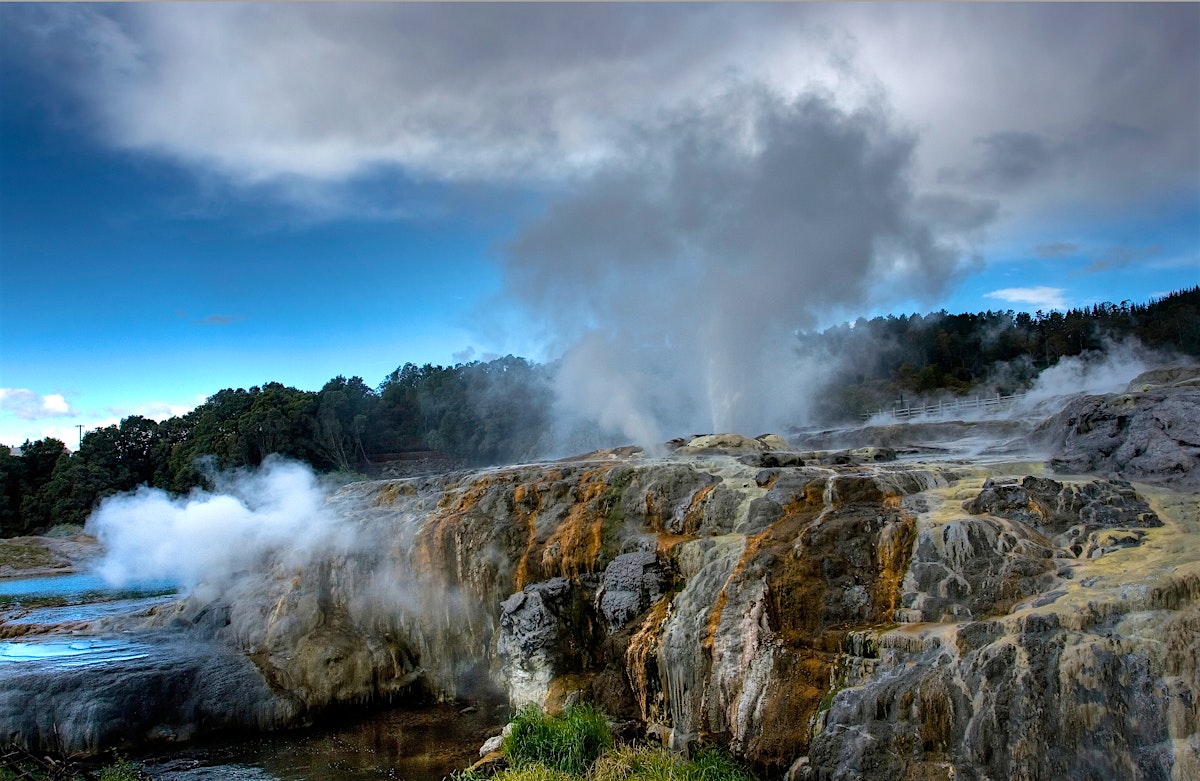Earth has many records like the largest desert on Earth, tallest geyser, tallest waterfall, largest tsunami, etc. Which includes its height, depth, altitude, how long, how large, and more. If you haven't seen my last post,
'Are There Volcanoes in Our Solar System?', click on the link and check it out. First, we are going to know about our tallest mountain.
Earth's Tallest Mountain
Highest Altitude
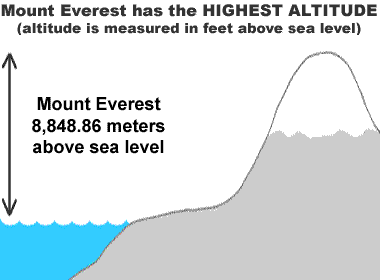
People around the world call Mount Everest as the tallest mountain in the world. But, do you know why Mount Everest is named as the tallest mountain in the world? It's because of the highest elevation above sea level. The peak of the mountain is 8,850 metres above the sea level. So that means that Mount Everest is not the tallest mountain in the world. Now let's talk about the tallest mountain.
Highest Mountain
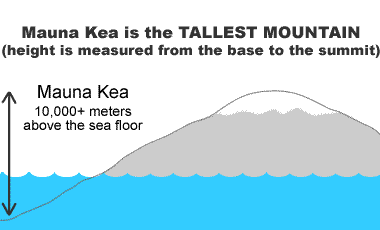
Really, the tallest mountain is Mauna Kea. Well, Mauna Kea's altitude is 4,205 metres, lower than Mount Everest. Manua Kea is above 10,000 metres above the seafloor. Now, compare Mount Everest's height (8,850) and Mauna Kea's height (10,000). If you've learnt something new about Earth's highest mountain, which is Mauna Kea, comment down below.
Earth's Tallest Waterfall

Ever thought where and how tall the tallest waterfall in the world? Angel Falls is the tallest waterfall in the world, with a height of 979 metres. The longest drop is 807 metres. Angel Falls is a UNESCO World Heritage Site. Angel Falls is located in Venezuela. The waterfall is surrounded by many types of minerals and rocks. Angel Falls is almost 19 times taller than Niagara Falls. If you've learnt something new about Earth's tallest waterfall, comment down below.
Earth's Largest Earthquake
 |
| The damage of Valdivia |
The largest earthquake was recorded on May 22, 1960. It occurred in Valdivia, Chile. The earthquake is known as the Valdivia earthquake or Great Chilean earthquake. The earthquake was from 9.4 to 9.6
Mw, the earthquake occurred in the afternoon. It lasted for about 10 minutes. The depth of the earthquake was 25 km. 5,000 people died and 2,000,000 people were homeless. After days after the earthquake, there was a tsunami in Hawaii, Philippines and Japan. Hundreds of people died. Have you learnt anything about the largest earthquake recorded? Comment down below!! Next is about Earth's longest river.
Earth's Longest River

Scientists question, is Amazon longer than the Nile? The Amazon is larger than the Nile by volume. Let's know information about these rivers.
First, the Nile. The Nile is considered as the longest river in the world. The Nile starts from the Nile delta, the river reaches the Mediterranean Sea. The river is 6,695 kilometres long. The Nile River flows through 11 countries: Tanzania, Uganda, the Democratic Republic of the Congo, Rwanda, Burundi, Ethiopia, Kenya, Eritrea, South Sudan, Sudan and Egypt. Now, the Nile no longer floods each year, it's because the Aswan High Dam was built in 1970.

The Amazon River is the longest river in South America. The Amazon River carries the most water than any other river in the world. The river is responsible for ⅕ for 20% for Earth's water. The Brazilian scientists have been to a 14-day expedition to the Amazon River, they extended the river's length. Now the Amazon River is 297 kilometres longer than the Nile. The Amazon River is 6,992 kilometres long.
So now we know that the Amazon River is the longest river in the world. If you learnt that the Amazon River is the longest river in the world. Comment down below. Share this information to your friends and family. Next is about the Highest Mountain in each continent.
Highest Mountain in Each Continent
Highest Mountain in Oceania
Mount Wilhelm is the tallest mountain in Oceania. It is located in Papua New Guinea. The height of the mountain is 4,509 metres.
Highest Mountain in Asia
As you know the highest mountain in Asia is Mount Everest. The mountain is located in the border of Nepal and China.
Highest Mountain in Africa
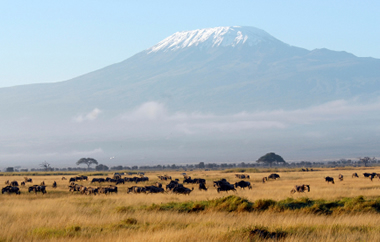
Mount Kilimanjaro is the tallest mountain in Africa. Actually, Mount Kilimanjaro is also a volcano, with three volcanic shields. The hight of the mountain is 5,895 metres.
Highest Mountain in Europe
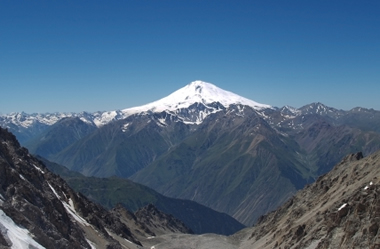
Mount Elbrus is the tallest mountain in Europe. Mount Elbrus is located in Russia. The height of the mountain is 5,642 metres.
Highest Mountain in North America
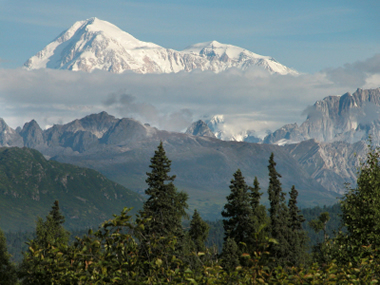
Mount McKinley is the tallest mountain in North America. Mount McKinley is located in Alaska. The height of the mountain is 6,190 metres.
Highest Mountain in South America
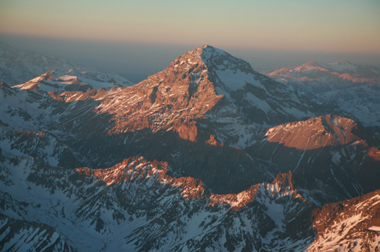
Mount Aconcagua is the tallest mountain in South America. The mountain is the tallest mountain in the western and southern hemisphere. The mountain is located in Mendoza, Argentina.
Highest Mountain in Antartica
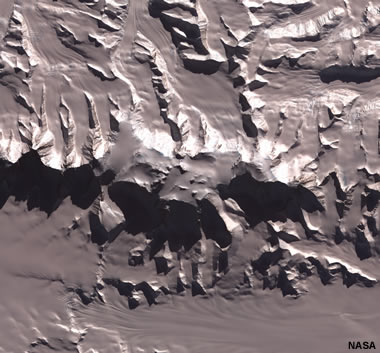
Vinson Massif is the tallest mountain in Antartica. The mountain is 21 kilometres long and 12 kilometres wide. The mountain is 1,200 kilometres away from the South Pole.
I hope you like my post about Earth's Records. Comment down below if you've learnt something new about my post. Because I've learnt somethings too. If I've missed something out. Please comment down what it is. If you know more Earth records comment down below. Have a cool day!! Bye!!



![This graph, based on the comparison of atmospheric samples contained in ice cores and more recent direct measurements, provides evidence that atmospheric CO2 has increased since the Industrial Revolution. (Source: [[LINK||http://www.ncdc.noaa.gov/paleo/icecore/||NOAA]])](https://climate.nasa.gov/system/content_pages/main_images/203_co2-graph-021116.jpeg)





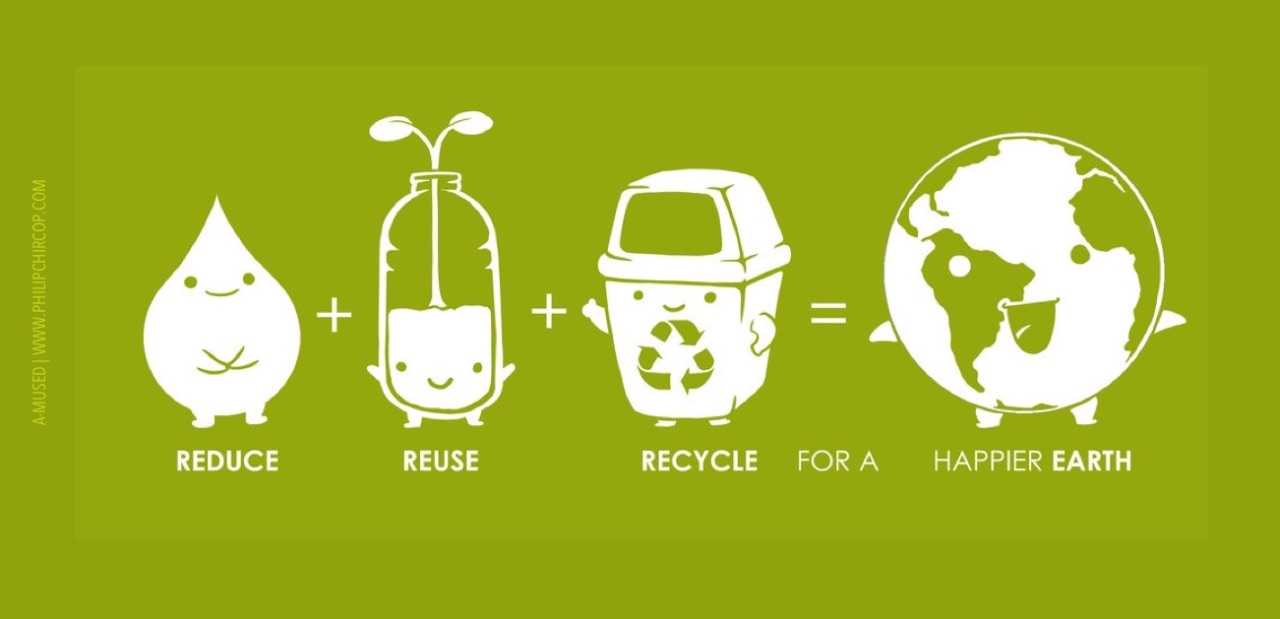






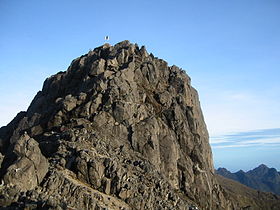
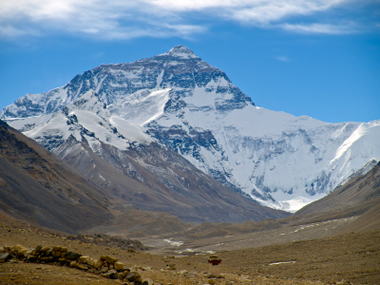





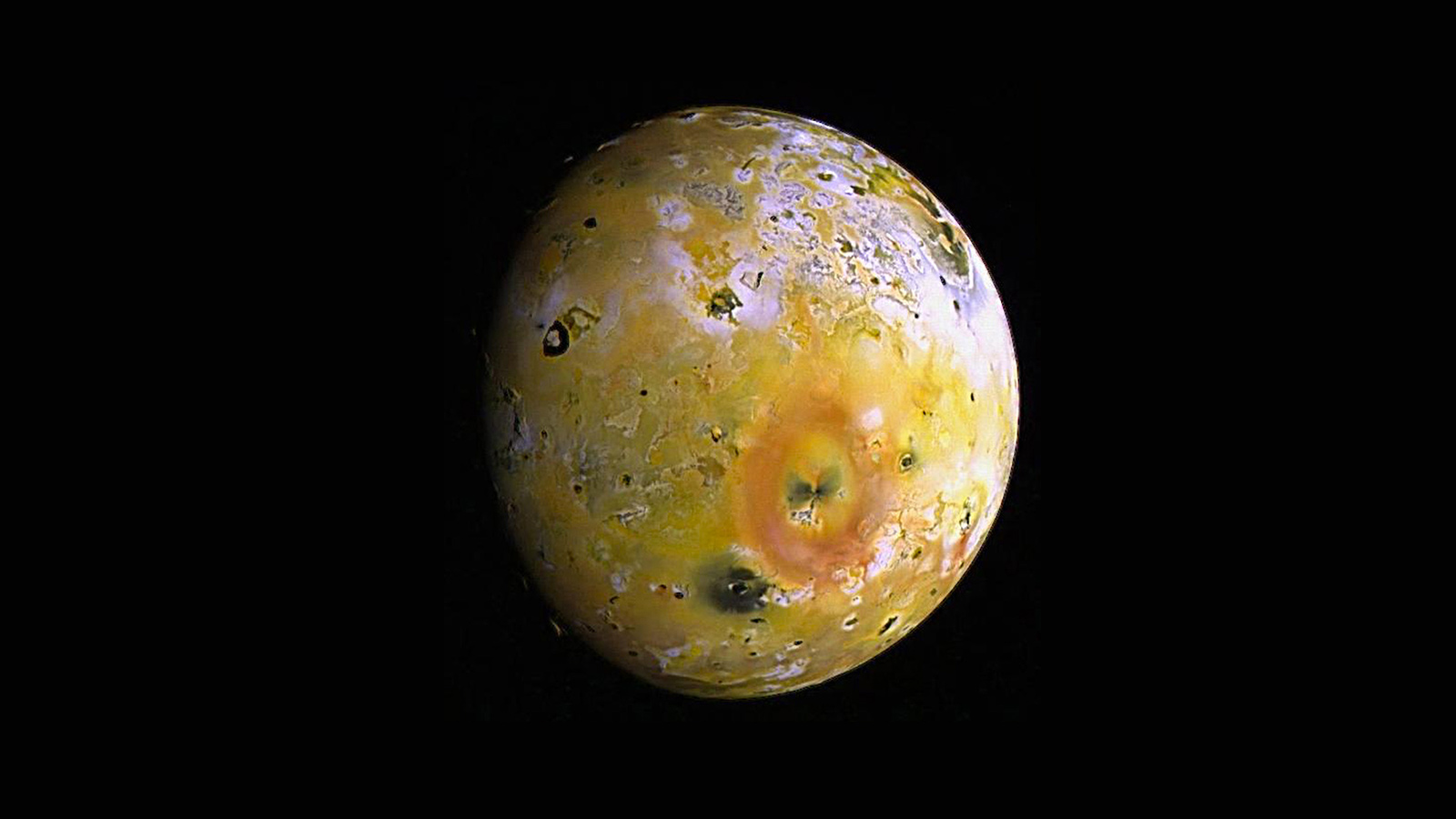
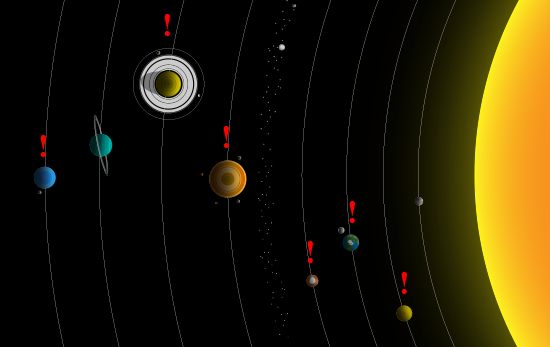

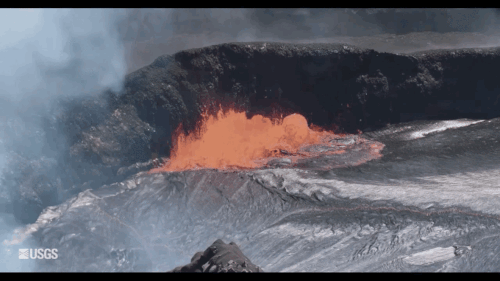
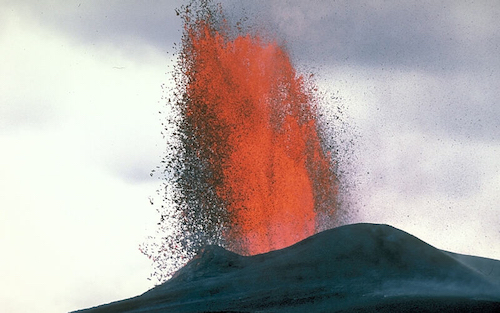

:max_bytes(150000):strip_icc():format(webp)/RingofFire-58b9de735f9b58af5cbaa334.gif)

